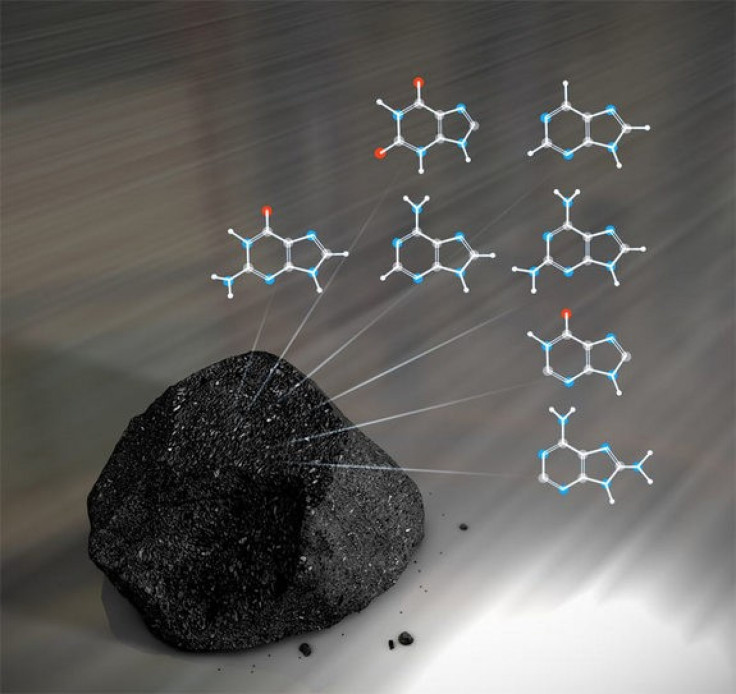DNA Components in Meteorites Hint at Life Originating From Outer Space

A new analysis suggests that DNA building blocks embedded in meteorites found in Antarctica originated in space, adding weight to the theory that the seeds of life on Earth originated in space.
The latest research has indicated that certain nucleobases - the building blocks of our genetic material - do reach the Earth on certain meteorites in greater diversity and quantity than previously thought.
"[M]eteorites may have served as a molecular kit providing essential ingredients for the origin of life on Earth and possibly elsewhere," write the authors of the report Monday in the Proceedings of the National Academy of Sciences.
Scientists have been trying to find proof that nucleobases came to Earth on meteorites. But it had been difficult to prove if the molecules were merely contamination from sources on Earth.
The research team used advanced spectroscopy techniques to purify and analyze samples from 11 different carbonaceous chondrites and one ureilite, a very rare type of meteorite with a different type of chemical composition.
They found a diverse array of nucleobases and compounds that are very rare in terrestrial biology and were not found in the surrounding soil, suggesting a distant origin.
"People have been finding nucleobases in meteorites for about 50 years now, and have been trying to figure out if they are of biological origin or not,” study co-author Jim Cleaves, a chemist at the Carnegie Institution of Washington, told SPACE.com.
“Finding nucleobase compounds not typically found in Earth's biochemistry strongly supports an extraterrestrial origin,” Cleaves said.
Previous laboratory experiments produced similar nucleobases to those present in the Antarctica meteorites using only ingredients found in asteroids, a finding that suggests such nucleobases could indeed have formed in space.
"It would be awfully coincidental if our laboratory chemistry produced the same things we saw in the meteorites," said Michael Callahan, the NASA scientist who analyzed the space rocks.
© Copyright IBTimes 2024. All rights reserved.











